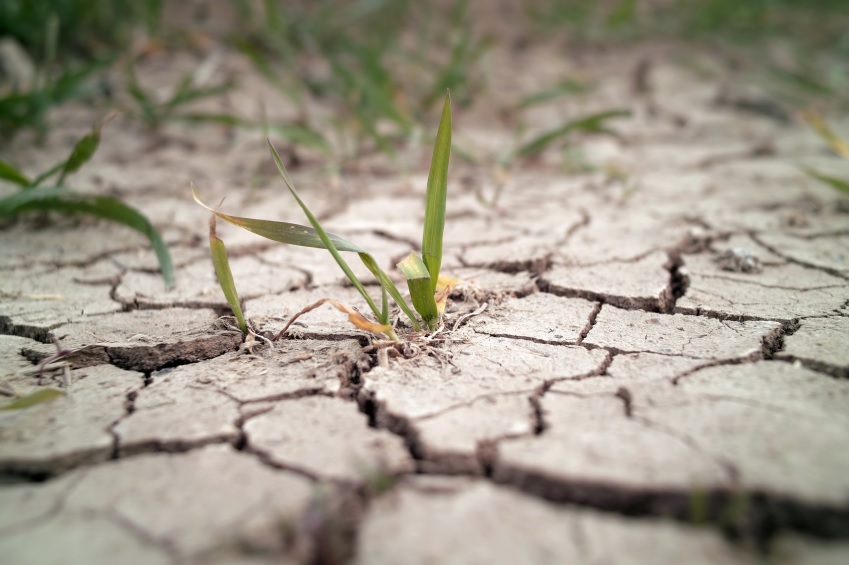 As the media business undergoes tumultuous change, it is often too convenient to conclude that radio is lagging behind. We do our best on this blog to highlight occasions when the industry drops the ball or is slow to adapt. But change is in the air – if you look for it. Often it is occurring in markets and within companies that don’t garner a great deal of industry trade press most weeks, especially privately held companies that don’t report their earnings to Wall Street.
As the media business undergoes tumultuous change, it is often too convenient to conclude that radio is lagging behind. We do our best on this blog to highlight occasions when the industry drops the ball or is slow to adapt. But change is in the air – if you look for it. Often it is occurring in markets and within companies that don’t garner a great deal of industry trade press most weeks, especially privately held companies that don’t report their earnings to Wall Street.
Today, Paul Jacobs takes a look at how many radio companies are making the transition to digital, both in their content creation, their workforce composition, and the ways in which they are marketing new assets. As always your comments and input are welcomed. – FJ
Please suspend your political beliefs for a second and take a look outside. It’s not difficult to recognize the changes happening to our climate. For those of us who live in the northern tier of the U.S., this winter was amazingly extreme (even if you live in Atlanta, I think you might agree.) Hurricanes are stronger and there are droughts in the west.
All you have to do is look outside to know that things are changing.
Over the past several years, as the radio industry has attempted to recover from the economic downturn while facing unprecedented challenges from new competitors and changing consumer habits, there’s been a tendency to deny what many know is true – radio consumption is changing.
All you have to do is look at the data to know that things are not what they used to be. Techsurvey10 illustrates that fact – a considerable portion of usage of radio stations – from News Talk to Alternative – is now occurring on digital platforms.
Radio is experiencing “climate change,” too. The realization that traditional revenue streams based on ratings and inventory are flat has motivated many companies to shift efforts in directions that exude experimentation, creativity, and innovation in an effort to sow the seeds for a healthier future.
Despite the crowing from the sidelines from those who point to everything that’s wrong with the industry (and believe me, we are not radio apologists), let’s take a step back and look at what’s going on around us. Just like climate change deniers, we need to suspend our beliefs and accept that bona fide change is taking place around us.
Here are some examples of what we see:

Here in the Motor City, Greater Media’s upstart sports station Detroit Sports 105.1 held a press conference last week announcing an agreement with the Detroit Pistons to carry their game broadcasts. While the announcement covered the usual play-by-pay, pregame/postgame factoids, one of the main points of emphasis is an expanded focus on technology to grow the reach and revenue potential of the relationship.
Calling it a “Content creation agreement,” the station is dedicating their HD2 channel to expanded game day coverage, and they discussed demographically targeted broadcasts for women and younger fans. On top of that, both the Pistons and the Greater Media management team talked about creating a mobile experience beyond streaming the games as a way to reach and engage fans.
There’s a lot of other change in the air as well. Last week, Hubbard Radio announced the hiring of Mike Bustell as their Vice President of Market Research, using his background with Media Audit to help identify new revenue categories and to assist salespeople in their efforts. According to Hubbard’s EVP/COO Drew Horowitz, “In a slow growth or no growth environment, it is incumbent on us to develop new revenue models to keep our business on a growth trajectory.”
While still in the early stages of its development, NextRadio is a clear departure from the traditional “transmitters and towers” approach, and as Techsurvey 10 identified, HD Radio is on a growth trajectory as accessibility in cars is moving closer to ubiquity.
There are too many “outside radio” companies to list that are busily developing innovative revenue and distribution solutions, including Radionomy, Marketron, Jelli, Gracenote, Clip Interactive, LDR, and many, many more. And our mobile application company, jacAPPS, is one of the companies creating mobile platforms, games, and other apps for radio to expand its audience and revenue horizons.
These companies are running corporate lab experiments, all focused on growing engagement and revenue for the radio industry outside of the traditional :60s and :30s model we’re used to selling. And they’re all stretching to go beyond the “radio dollars” mentality that has dominated our industry for decades.
But it runs deeper than just experimentation. Companies like Federated Media, Hubbard, and South Central have created digital services agencies, opening up new revenue streams by providing digital solutions not only to station advertisers, but to non-advertisers as well, leveraging expertise that is inherent in our industry.
Journal just released the Radio League mobile app, an app that carries custom radio channels under their brand.
The “same old same old” is falling by the wayside as more companies realize that “climate change” is forcing different thinking, and new leadership to emerge.
There are good things happening on the digital platform front. A recent article in Inside Radio about the industry’s digital workforce noted the following:
- CBS has 400 digital-only employees across their company (including radio), a number that’s grown 20-25% in the past two years.
- Emmis (a much smaller company) has 100 dedicated digital staffers.
- Townsquare has several hundred (including 150 at local stations) along with another 200 manning its 31 national digital brands.
But since my orientation is in sales, this is where I feel radio is lagging. This is where climate change is like watching the polar ice cap melt . . . . drip, drip, drip. And it’s where the biggest change needs to occur the fastest. And that’s what I’ll talk about tomorrow.
- For Radio, Will It Be Christmas In April (And Hopefully, May)? - April 21, 2025
- The Revolution Will Not Be Monetized - December 30, 2024
- What Kind Of Team Do You Want To Be? - October 4, 2024





Great article ! Gives new hope to the future …. As I listen to my tune in stream 🙂 are you guys merged with them or do the jacapps operate independently … I have one with kisw on my phone as well I think that’s you guys
Fc
Thanks, Frank. I hope you’ll be saying the same thing tomorrow, as we take a different view of a critical element of many radio stations that need to change faster – the sales department.
To your other question, jacapps operates independently of TuneIn – we create apps for radio stations themselves, and did create the KISW app.
Not only is radio changing in how it’s being consumed and presenting itself, radio also needs to become visual. With radio being on social media platforms, the personalities that drive these stations can no longer just be people behind the mic. Video needs to start emerging more which could open up new sources of revenue.
Chuck – thanks for the comment.
While I won’t address the visual aspect directly in tomorrow’s follow-up post, the obstacle to the industry’s growth is our collective inability to sell non-radio opportunities. We have historically created great content – whether it’s NTR, mobile apps, website events, etc. — but are our sales operations trained on all aspects of selling digital (and visual content)?
we have to think outside the box as well is the box it came in.
Or we’ll all be carried out in one big box!
Hope you enjoy the follow up post tomorrow, Scott.